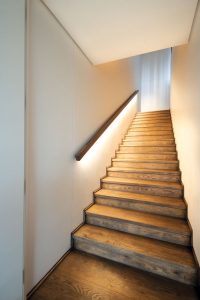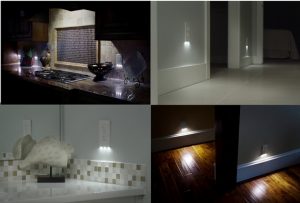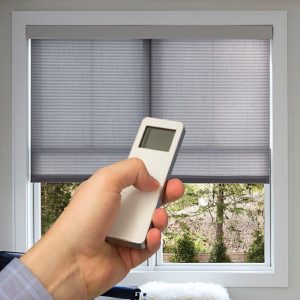Do You Have a Smart House?
While on our trip to Vegas, we were asked this unexpected question: is your home a smart home?
Now I could answer any number of questions about our home, such as: is it energy efficient? Does it have current technology? Does it work for me now? The answers would all be yes.
But do I really have a smart home? No—not if you look at the question in light of how I use my home now and into the future.
In Vegas, it was pointed out to us that a home becomes “smart” when it is designed to adapt to changing needs whether those needs have temporary or long-term effects. A smart home has features that make it easy to adjust when our needs change. A smart home is a home that is prepared for whatever the future holds—a home that works for all generations.
A smart home gives you options such as a bedroom/bathroom on the main level for ease of access (whether you need it during a 2-month recovery after surgery or a more long-term change.)
How can I have a smart home? By looking into the future—anticipating all the possibilities and probabilities because as our bodies age things naturally change. We need 300% more light in our 60’s than in our 20’s. Fortunately lighting, especially LED’s, can be bent, shaped, and placed more easily in areas that used to be very expensive to light (such as cabinets and those dark storage places. And who wouldn’t want a light to come on when you open a drawer, especially that pesky junk drawer).
Where do I start?
Smart Lighting:

- Motion sensor lighting upon entering the house from the garage and front/back door
- Motion sensor lighting in hallways, stairways, closets, and bathrooms
- Special task lighting (from overhead not behind)
- Under cabinet lighting for those dark kitchen corners
- Color temperature adjustable lighting for those with light sensitivity due to physical or mental disabilities (Autism, Seasonal Affective Disorder (SAD), PTSD, Migraines, etc.)
Smart Outlets/Switches:

- Outlets that are 24” above the floor (these are easier for everyone to reach)
- Outlets by toilets for bidet seats or other practical uses
- Outlets inside cabinets that help keep clutter off the counter
- Switches for better visual and physical dexterity of the homeowner (i.e. Arthritis, Parkinson’s)
- Switches should be placed at a height that is convenient even in a seated position
Smart Controls:

- Heating and cooling controls should be readable, reachable, and easy to use
- A bathroom vent with infrared light/fan on a timer will help keep the bathroom heated for the right length of time
- Remote control window shades and/or doors with built in shades make life simpler and safer for both homeowner and caretaker
Having a smart home is not about having the newest induction stove or a fridge that can tell you what’s in it at any given time. It’s about having a home that works for you now as well as one that is equipped to handle any of life’s many changes.
